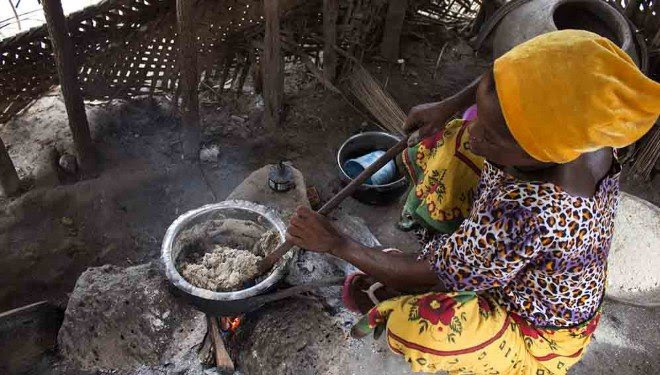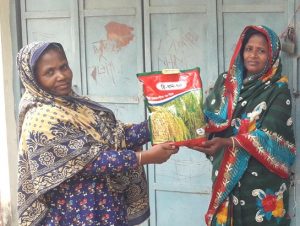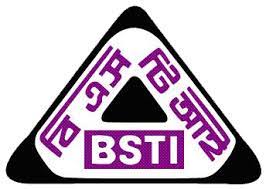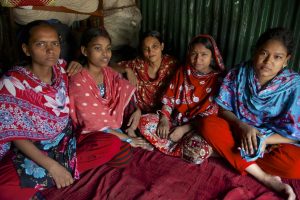By Gareth Willmer
Cross-cutting strategies that tie nutrition to wider agricultural, health and social protection systems, the climate agenda and other UN sustainable development goals (SDGs) are needed to build more resilience against future shocks to food systems. That’s according to speakers at Saving SDG2: From Innovation to Action, a webinar on 25 February run by the UK Research and Innovation-backed Action Against Stunting Hub in partnership with the London International Development Centre.
The event focused on the aim of achieving zero hunger by 2030 under SDG2, which has faced a severe setback amid COVID-19 – with UNICEF recently predicting that the pandemic could result in 6.7 million additional children below the age of five suffering from severe malnutrition in 2020.
Allison Oman Lawi, acting director of the nutrition division at the World Food Programme, called for more of a “systems approach” to not only improve resilience of food systems, but also provide a stimulus for other SDGs.
“We have to start thinking about the fact that nutrition can have a transformational role in not just helping us achieve SDG2, but in fact helping us achieve all of the different SDGs,” she said. “Fundamentally, good nutrition is a basis of sustainable development.”
Mihretab Salasibew, a director in the evidence, measurement and evaluation team at the Children’s Investment Fund Foundation, says his organisation is trying to move from focusing separately on issues such as nutrition, low birthweight or early child development, to covering interventions “holistically”.
This type of cross-cutting approach is expected to have a much greater impact in breaking the repeated intergenerational cycle of malnutrition, he said.
We need to think about how to connect the dots, said Paul Newnham, director of the SDG2 Advocacy Hub. “One of the big challenges is the way that we do our advocacy is often very siloed… When you think about it, SDG2 covers everything from farmers’ livelihoods through to sustainable agriculture, food security, nutrition and biodiversity.” Furthermore, he said, “COVID-19 has shown us just how connected everything is”.
Along with the other speakers, Sandy Thomas, director of the Global Panel on Agriculture and Food Systems for Nutrition, noted that COVID had exposed the fragility of food systems. Nutritious foods are particularly vulnerable because of their highly perishable nature, while “outdated policies” across the food system even before the pandemic have acted as a “brake on progress”, she said.
To help improve healthy nutrition, Rose Ndulu Ndolo, senior nutrition programmes advisor at World Vision UK, talked of the need to scale up locally owned solutions. “It’s going beyond mobilising communities as beneficiaries [and] seeing them as central players in addressing malnutrition,” she said. She also highlighted the need to focus on gender equity, supporting women as smallholder farmers and ensuring their active participation in agricultural decision-making.
High-impact approaches are essential, said the speakers. “We can’t continue anything like along the trajectory we were on even before the pandemic struck,” said Saul Morris, director of programme services at the Global Alliance for Improved Nutrition. “It’s going to take a massive positive shock in the opposite direction to get the world’s poor consuming nutritious foods regularly by 2030.” – SciDev.Net




